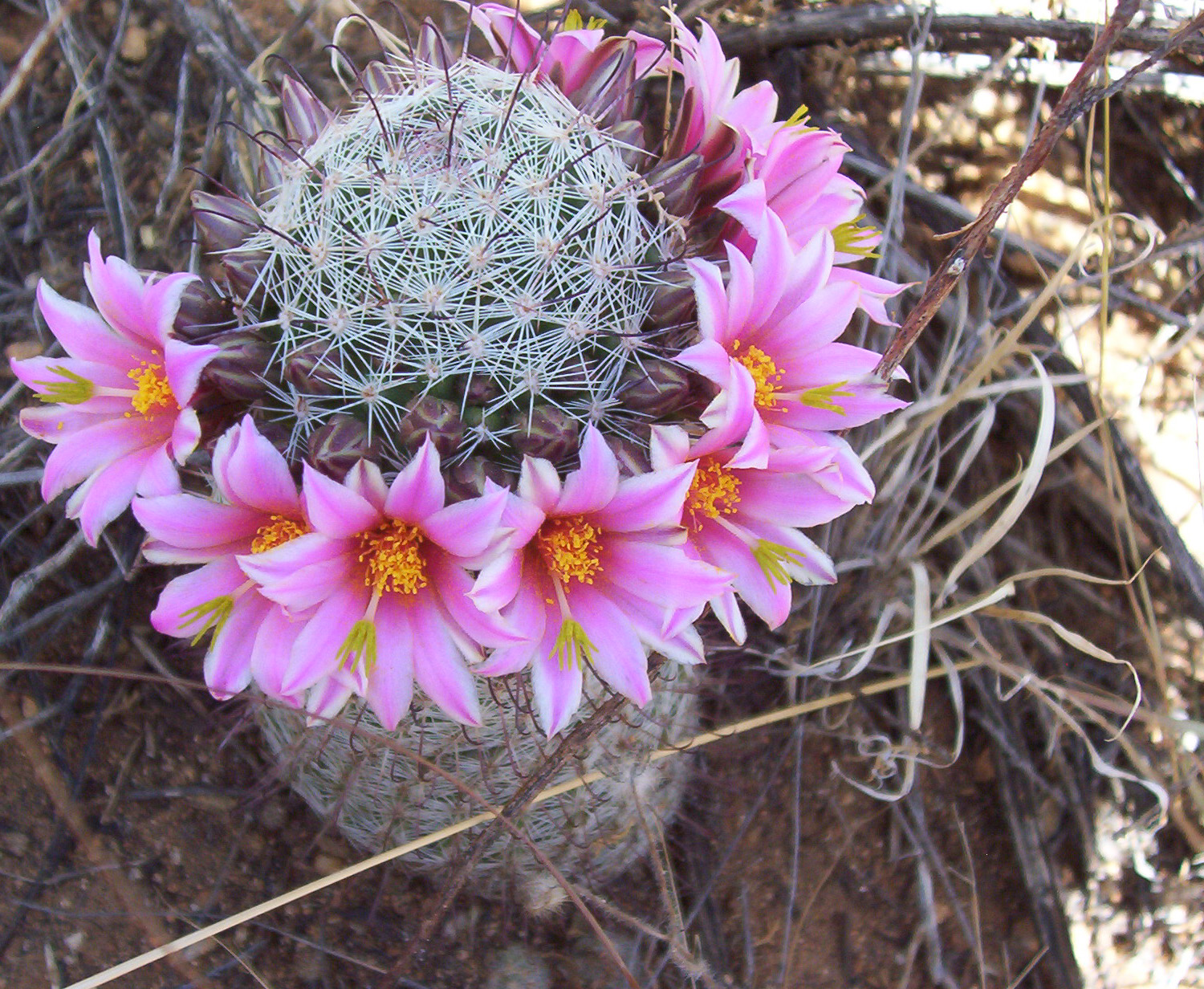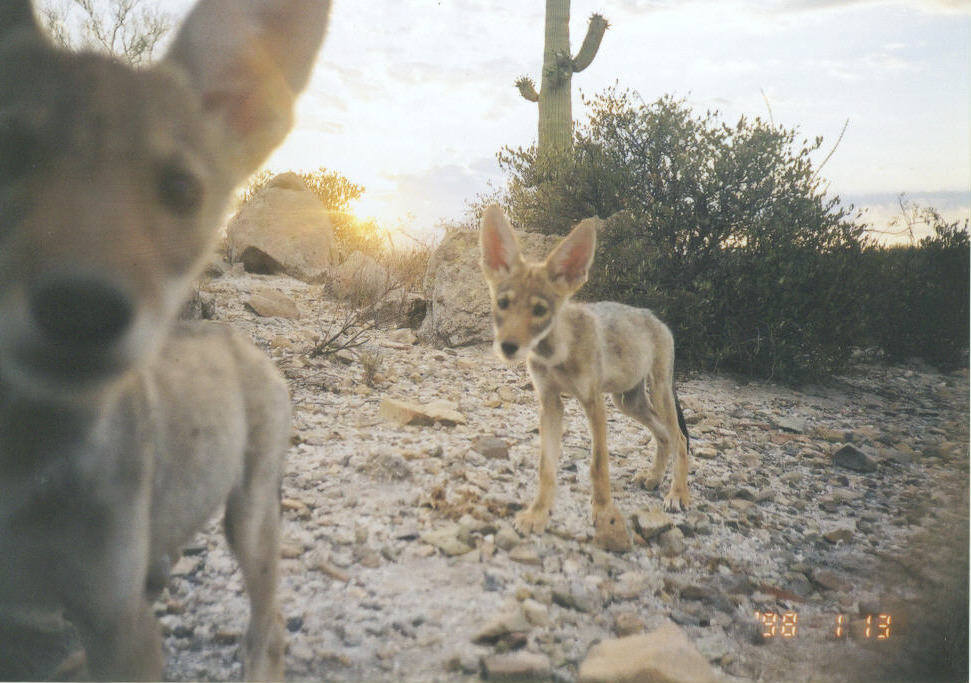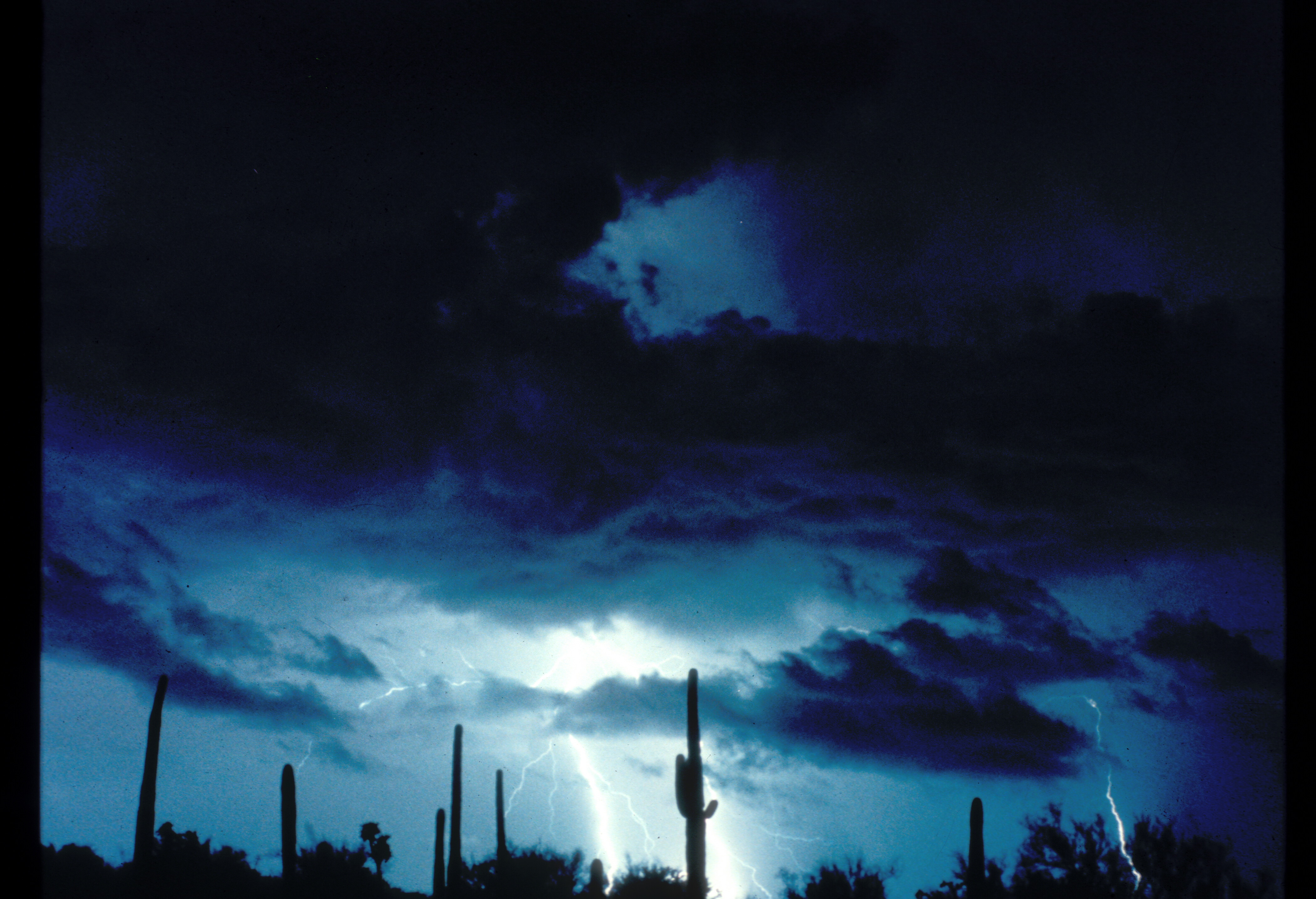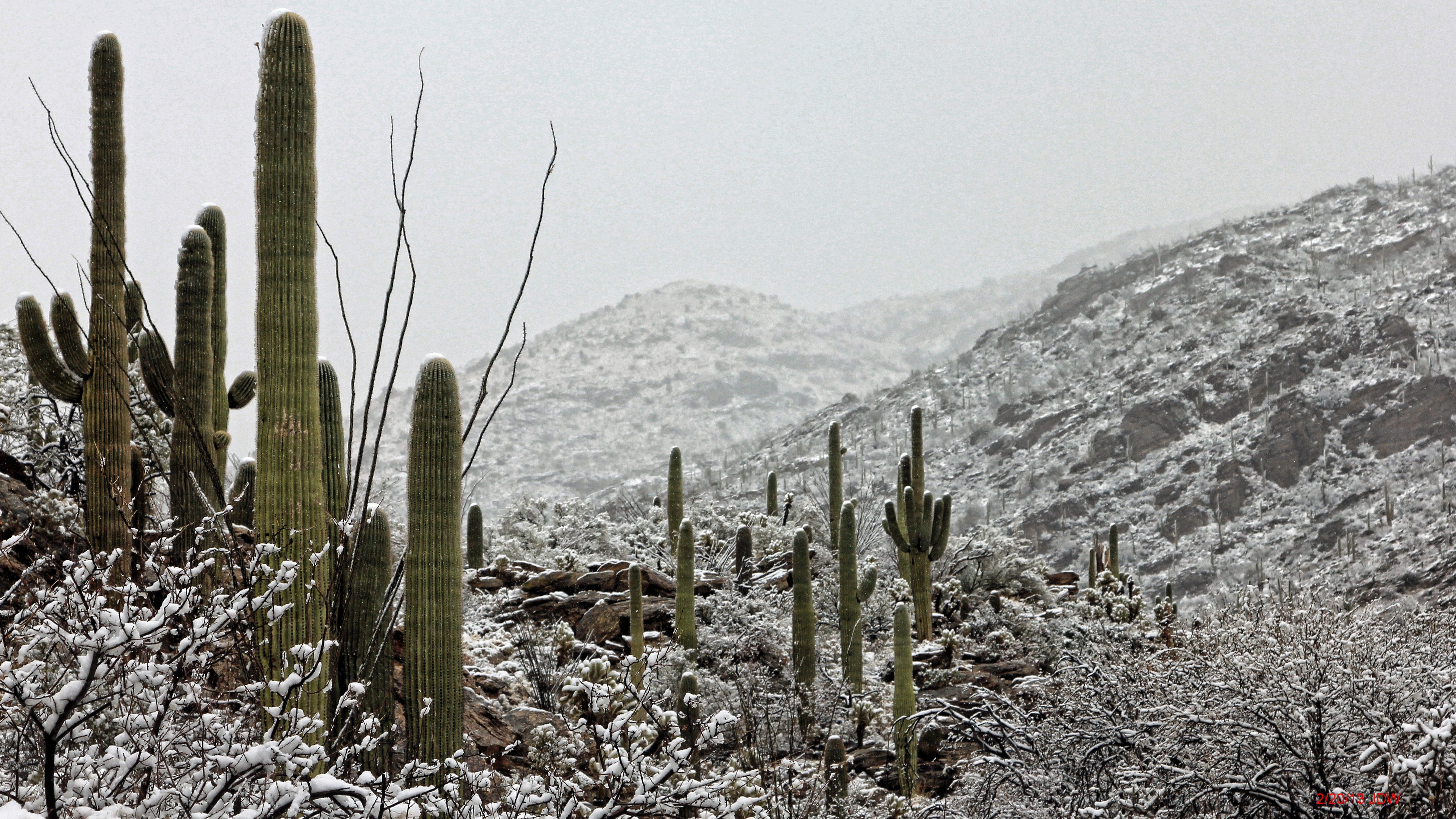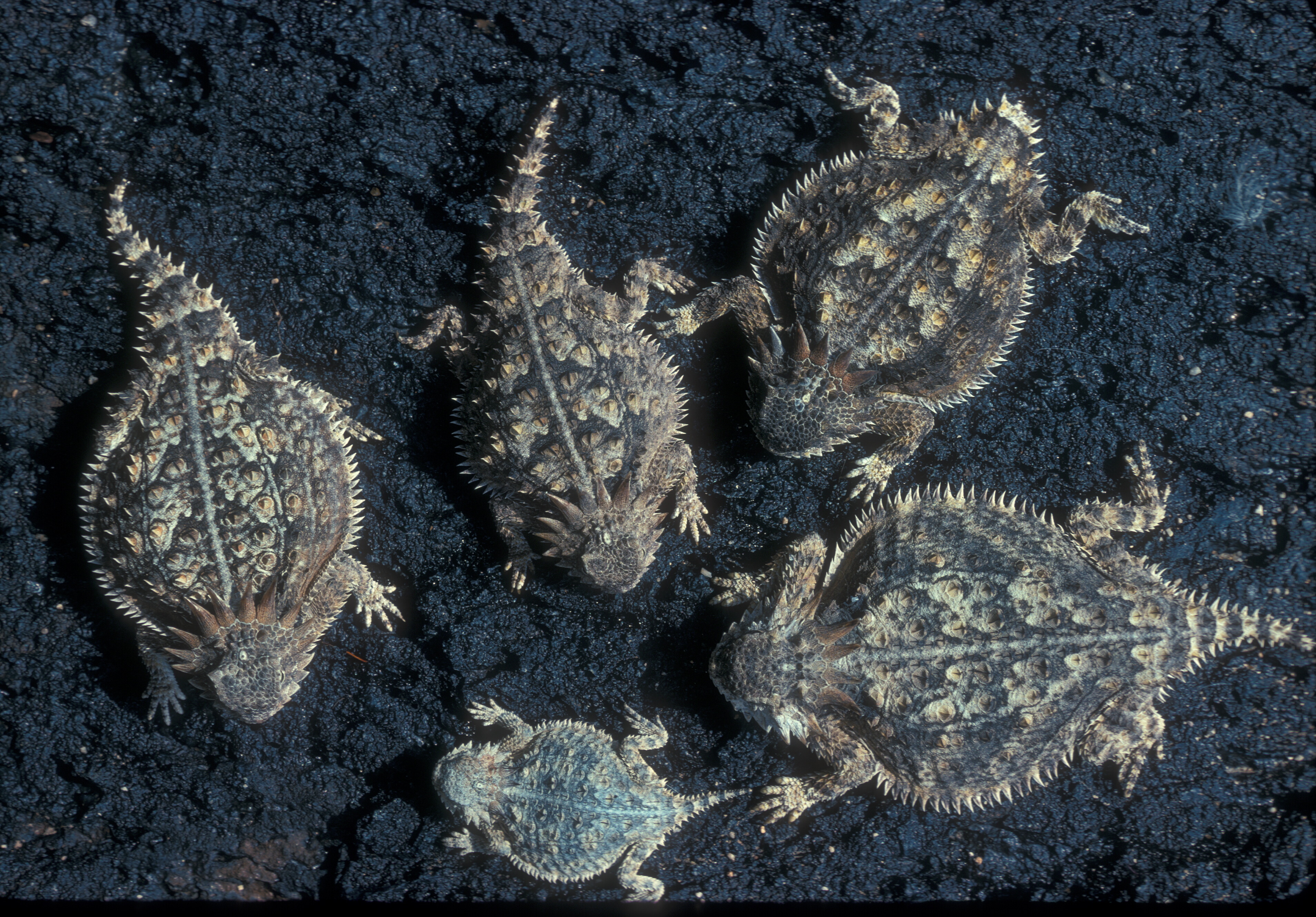Tucson, Arizona is home to the nation's largest cacti. The giant saguaro is the universal symbol of the American west. These majestic plants, found only in a small portion of the United States, are protected by Saguaro National Park, to the east and west of the modern city of Tucson. Here you have a chance to see these enormous cacti, silhouetted by the beauty of a magnificent desert sunset.
Saguaro Flowers
The flowering season in Saguaro National Park attracts visitors from all over the world.
Flowering Fishhook Pincushion Cactus
Wildflower season at Saguaro National Park is at it's peak in the month of MArch. The Pincushion cactus, however, blooms April through August.
Coyote Pups
Saguaro National Park has a vast variety of wildlife, and with the help of wilderness cameras, can be photographed to help with studies and for visitors to learn about animals only seen by chance.
Saguaro National Park Lighting Storm
Saguaro deaths are usually attributed to natural weather conditions and other natural phenomena. Specifically, lightning strikes have been known to strike saguaros due to the large amount of water stored within their fleshy tissue.
Weather at Saguaro National Park
Saguaro National Park summers can be extremely hot with temperatures exceeding 105 degrees F, lows averaging 72 degrees F. Winters are mild warm days averaging 65 degrees F and cool nights averaging 40 degrees F. Snowfall is extremely rare in the area.
Group of Regal Horned Lizards
Regal horned lizards are one of many reptiles in the park, who have adapted to living in the harsh desert environment. Information on how different species survive can be found on the park's website, visitor center, or through our many programs offered.

